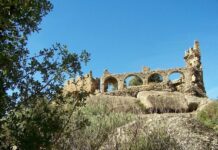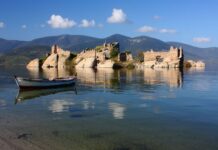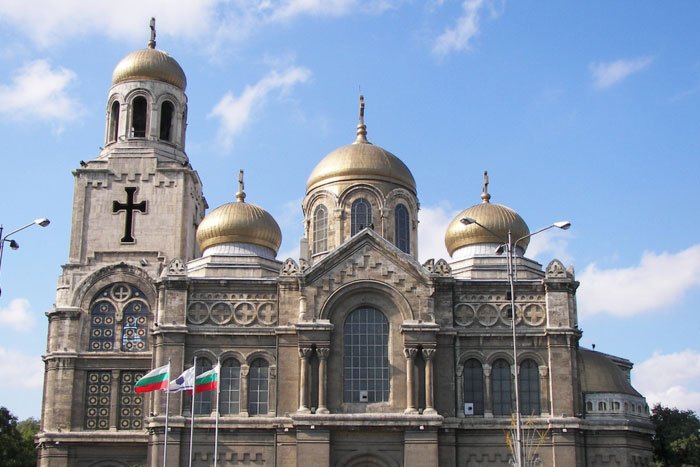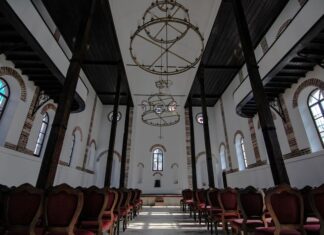The Alexandria that Cosmas and Philoponos knew as a home of mer¬chants, philosophers, monks, and more had been a place of civilization,
contention, and shortsightedness for more than 800 years, and arguably the most civilized place in the Greco-Roman world for most of that time. Within a century, neither the intellectual descendants of Cosmas nor those of Philoponos would have much standing in the community in which they worked. We can take that as a measure of what would soon be lost, but we should also see how prosperous and untroubled the city still was in the sixth century.
THE VIEW FROM ALEXANDRIA
The great lighthouse called the Pharos stood on a narrow spit of land a mile or so from the coastline. The same engineers who built this mighty tower had also stretched a seawall back to the shore and created two harbors side by side, thus making possible the wealth of the port city that flourished after Alexander’s conquests Alexandrian called John Philoponos.
If we walked out along that wall with Cosmas and looked to the horizons, how would we see the world that seemed to him so stable and assured? It was a world of two empires, Roman and Persian; and of long-reigning and proud rulers, Justinian and Khusro. But the doings of emperors were of little direct consequence for their peoples, who generally stayed out of their way. When one emperor died or was overthrown, every citizen of Alexandria knew that he would have precisely nothing to do with the succession and exactly no control over the workings of imperial government. Such a monster was best treated as Odysseus did the Cyclops—by trying not to provoke him, and, should the emperor notice you, relying on wit rather than force to escape his clutches. But the world was too big for emperors to control, and a traveler like Cosmas knew that world better than most emperors did. What did he see?
At farthest remove
At farthest remove, Cosmas knew about the land he called “Tzinista” and we call China. Silks and other precious goods came from there, but he could imagine his world untouched by their prosperity and prospects. In the late sixth century and the early seventh century, the short-lived Sui dynasty and the more promising Tang that followed may be said to have inaugurated classical Chinese civilization.
The first construction of the canal connecting the Yellow and Yangtze rivers was just then coming to completion, linking the agricultural prosperity of the south to the cultural and political centers in the north. In the same period, Roman religion passed along the silk route and into China, and so the Nestorians consecrated a church in the Tang capital of Changan in 638. Many Nestorian manuscripts have been found at Turfan and Dunhuang, on the edges of the Taklamakan desert at the heart of the Silk Road. Meanwhile, the once fashionable Roman new-age cult of Manicheism slid in quietly. China sent no similar cultural products or practices to the Mediterranean.








